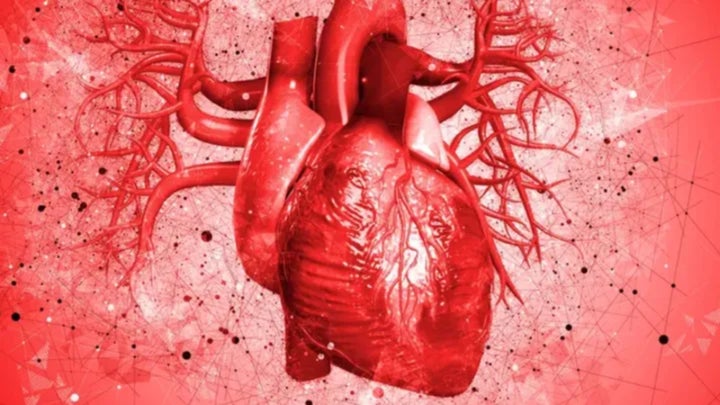
I had no idea that “normal” blood pressure ranges change with age until recently ― it turns out that it’s not unusual to see a shift in the figures over time, and for post-menopausal women, the change can be dramatic.
Resting heart rate, which is a pretty underrated method for gauging your heart health, shifts across the years too, healthcare provider Cleveland Clinic says.
“The younger you are, the higher your heart rate tends to be,” they shared.
A resting heart rate, measured in beats per minute (BPM), is taken by placing your forefingers (never your thumb) on your neck or wrist, where you can feel a pulse.
You should do this more than an hour after exercise or drinking coffee; the British Heart Foundation says you should sit for five to ten minutes before taking it.
Take your pulse across 30 seconds and then double it ― that’s your BPM.
Your resting heart rate will be measured more accurately if you do it across multiple days at different points.
What’s normal by age group?
Per Cleveland Clinic, healthy resting heart rate ranges by age are:
1) Newborns (birth to 4 weeks)
- 100 to 205 bpm
2) Infant (4 weeks to 1 year)
- 100 to 180 bpm
3) Toddler (1 to 3 years)
- 98 to 140 bpm
4) Preschool (3 to 5 years)
- 80 to 120 bpm
5) School-age (5 to 12 years)
- 75 to 118 bpm
6) Adolescents (13 to 18 years)
- 60 to 100 bpm
7) Adults (ages 18+)
- 60 to 100 bpm.
They add that children’s heart rates will likely be lower if they’re asleep.
When should I worry about my heart rate?
The British Heart Foundation stresses that, “Your heart rate can change every minute and what’s ‘normal’ is different for everyone because of their age and health.”
But they add that, “A resting heart rate above 100 bpm is too fast for most people,” and may be a sign of infection, anaemia, or an overactive thyroid.
Meanwhile a heart rate below 60 can indicate either that you’re very fit, or ― if combined with symptoms like fainting and tiredness ― require medical attention.